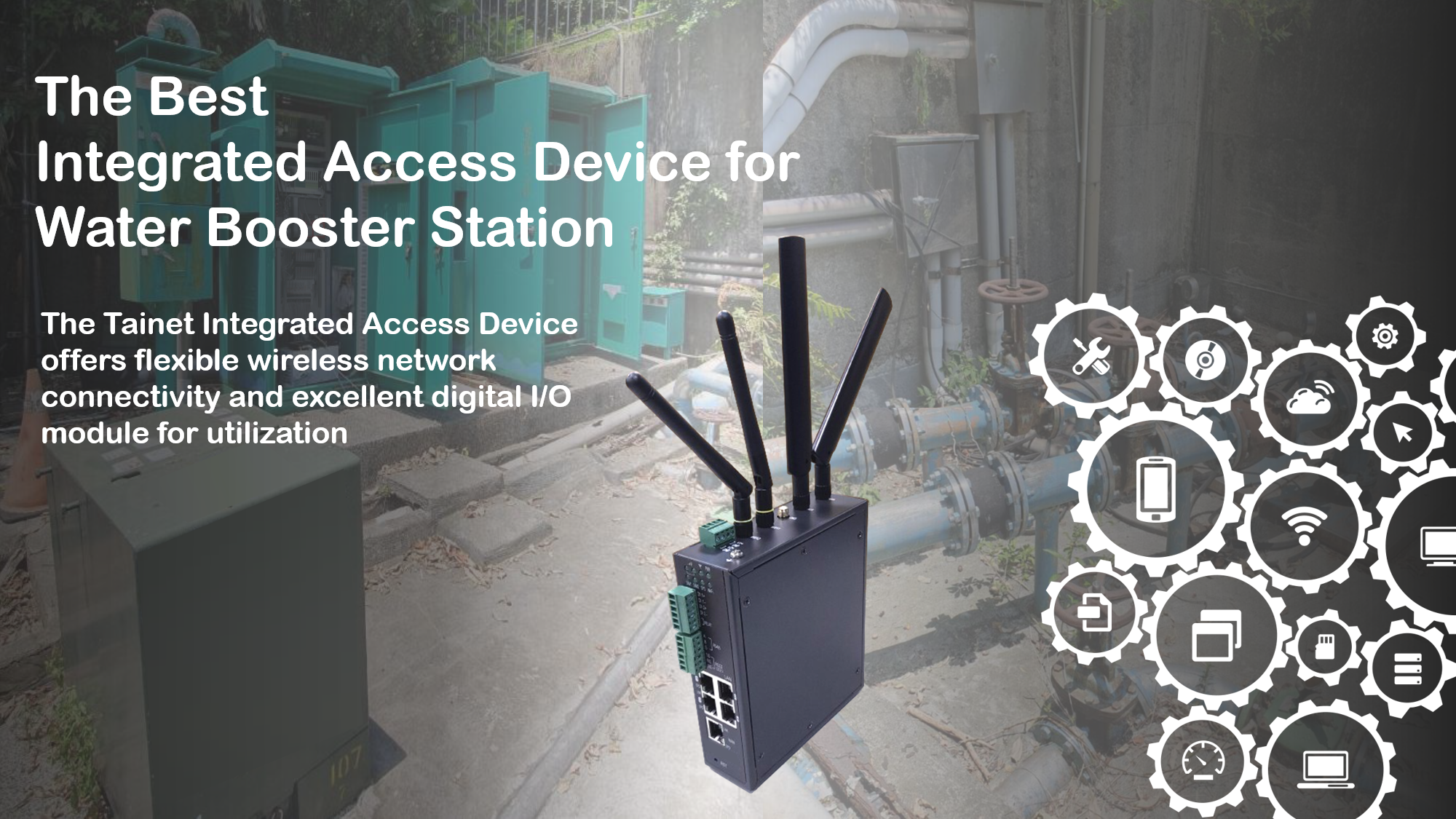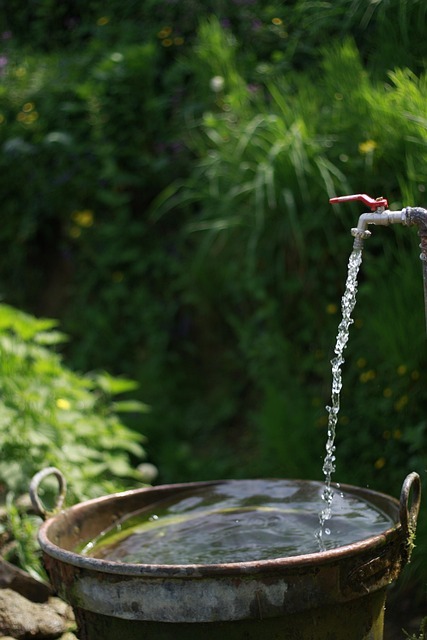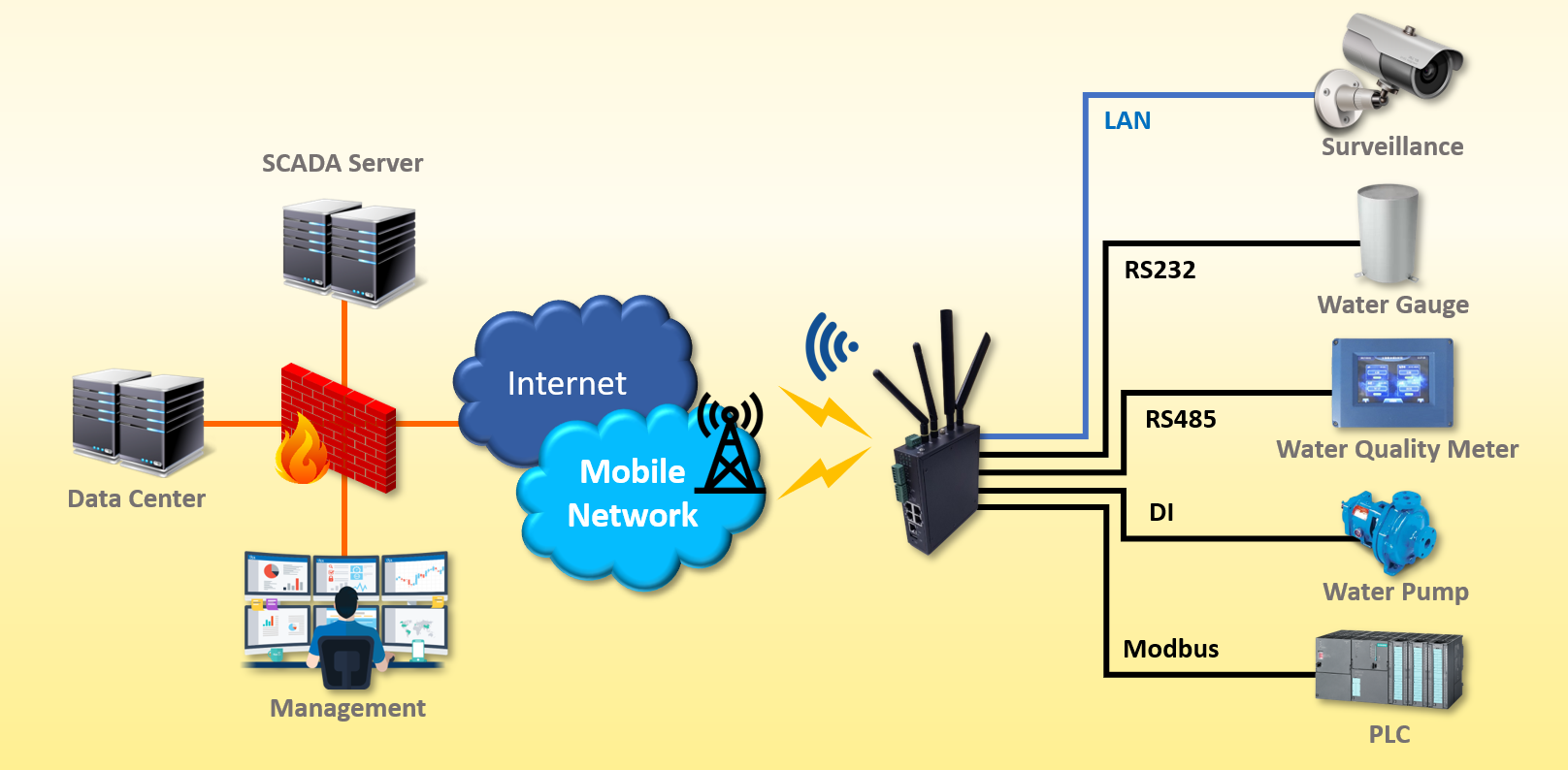
Water resources are indispensable in our daily lives. In order to ensure that the public has access to clean and hygienic water resources, the government has established various water resource application and management systems in cities and villages, including reservoir management, river regulation, flood control and drainage, ground subsidence, smart disaster prevention, hydraulic transportation, ecological engineering, etc., to ensure that water resources can be used sustainably for people's livelihood and industrial water use.
Providing a stable water environment
In some areas, due to the inability to access tap water, residents mostly use mountain spring water for use. The water supply is easily affected by weather and rainfall factors and water shortages occur. The government has set up booster station facilities to provide citizens with more stable tap water. Whether it is cast iron pipe extension, booster station equipment, additional water distribution tanks, etc., they are all to improve the original livelihood problems such as simple water use and inconvenience in water storage, provide residents with more stable water resources, and allow residents living in different environments to receive corresponding care in terms of water use.

When the electromechanical equipment of the booster station is damaged by an accident, not only does it have to bear the equipment maintenance costs, but there are also losses such as water supply interruption, reduced water quality, and damage to the image of the local government. If other stations are needed to support water supply, additional energy consumption and electricity costs will be required. Therefore, in addition to regular maintenance and inspection to reduce the losses caused by sudden accidents, it is also necessary to carry out regular and irregular inspections, calibrations, and maintenance of relevant equipment at any time to ensure that the booster station equipment can maintain optimal operating efficiency and maintain a stable water supply. In addition, there are more items such as infrared thermal imaging of electrical equipment, pump vibration, transformer insulating oil, etc., which can detect and diagnose equipment abnormalities early and arrange maintenance and replacement early to avoid affecting normal water supply and increasing energy consumption due to aging or failure of equipment.
Collect water conditions remotely to ensure normal operation of equipment
In the past, the traditional operation mode was to wait for equipment failure before passive repair or maintenance. Abnormal problems in equipment operation depended on the maintenance skills of the master. Intelligent applications focus on preventive detection and take active intervention. By measuring the relevant values of the equipment to predict the usability of the equipment, early warning or backup to prevent major accidents is the safest and most accurate preventive means, and it is also an inevitable trend.
Smart water conservancy applications are the hidden heroes of urban and rural water use. TAINET IAD200 Industrial-grade wireless routers use wireless network technology to transmit data and terminal messages in real time, providing effective support for the operation and maintenance of water conservancy systems. They connect to on-site sensors through the network port RJ45 or serial port RS485/ RS232 interface to monitor real-time data such as water level, flow, water quality, etc. are collected and uploaded to the cloud platform for analysis and processing, predicting the supply and demand of water resources, and making adjustments or emergency response measures in advance to ensure the reasonable distribution and utilization of water resources. In addition to providing high-performance mobile network connections and Wi-Fi fixed wireless applications in harsh environments, users can monitor the water conservancy system online anytime and anywhere through terminal interfaces such as mobile APP or laptop browser, and remotely adjust water volume to save water resources. Industrial-grade wireless routers are both secure and stable, ensuring the security of data transmission through data encryption and firewall technology.



